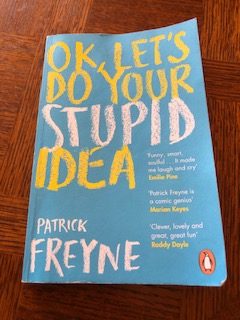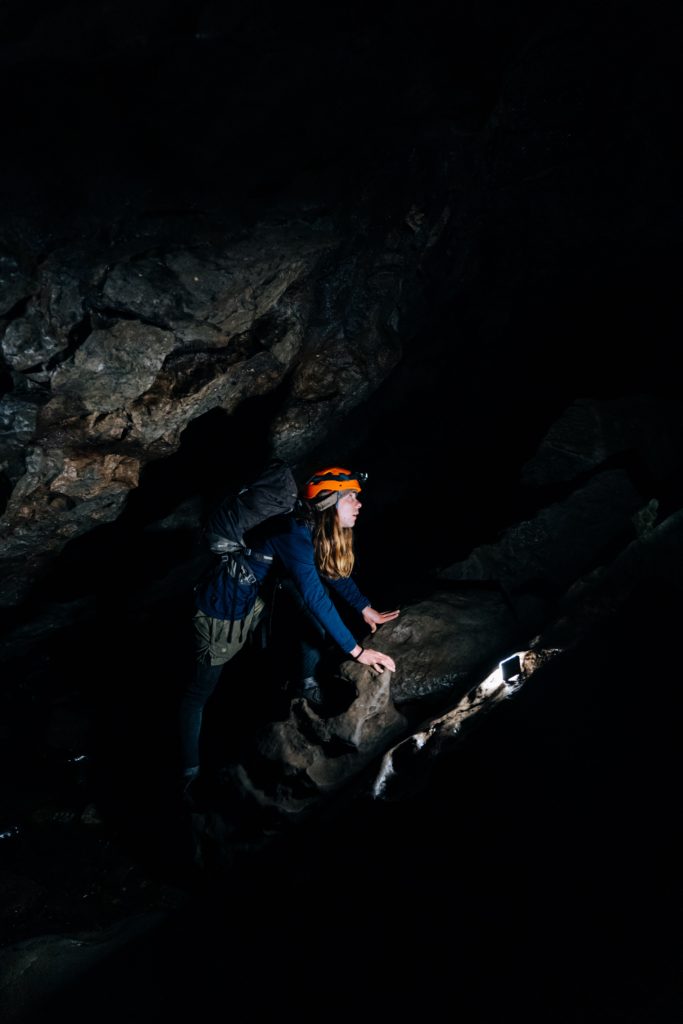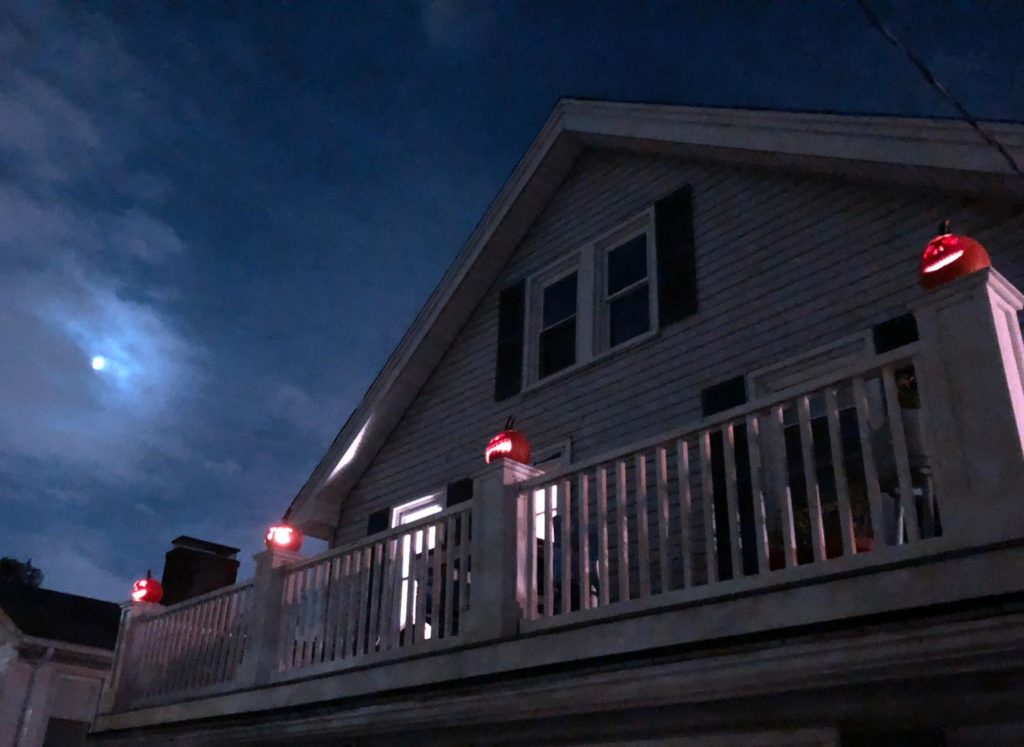Call it synchronicity or call it fate, but this week my reading, conversations and viewing have all reinforced the idea of embracing fear, or as Susan Jeffers put it, to ‘Feel the Fear and Do it Anyway’. It started with a great book: OK, Let’s Do Your Stupid Idea. Freyne’s memoir contains a great many stupid ideas that he and his companions acted upon, but crazy though most of them were, one could not help but think that they were part of a life that was lived.

Most of us, in pursuing a more sensible and safe path, often wonder if it is living at all. Though I would not recommend some of Freyne’s more reckless adventures, there is a balance to be struck between allowing our fears to narrow our lives and finding the liberation in overcoming them.
The logic of fear
There is a reason that we feel fear. It is one of our best defences against injury and death. Fear may arise from a direct experience or, as explained by Elizabeth Phelps, through ‘social interaction’. https://www.psychologicalscience.org/observer/learning-to-fear Our fear response is likely to be equal regardless of whether it is learned as a result of our own experience or from others.
What is interesting here is that we can acquire fears without questioning whether they are well founded or not. Take snakes, for example. Most snakes in Europe are neither venomous nor dangerous to people, yet I confess to being afraid of all of them. Since I an unable to distinguish between the dangerous and benign ones, this is probably a valid position. (In case you ever need to know, venomous snakes tend to have triangular heads and non-venomous round.)

As an adult, I’m embarrassed to say, I was terrified of talking to official people on the phone. This is something that I learned from my mother. I understand why. While a mother at home with young children, one seldom interacts with anyone more demanding than the postman and it is easy to lose confidence. Unfortunately, official people still need to be spoken to and my husband, never one to shilly-shally, decided that exposure therapy was the way to go.
Facing our fears
So, every time a query needed to be made about the gas bill or the car’s MOT came due, guess who had to make the call? I squirmed and tried to get out of it to no avail. The call was made. No-one died and now, I am happy to talk to anyone.
Certain, deep rooted fears need to be tackled sensitively and slowly. Throwing someone afraid of water into the deep end of a swimming pool is unlikely to work, whereas getting them to join you in a paddling pool on a hot day might start them in the right direction. If it is a true phobia, untangling the source of the fear may also be necessary – sometimes with the help of a good therapist.
Doing it anyway
For most of us though, simply surviving a situation that triggers a fear response can give us the courage to overcome it. Though not claustrophobic, I am not a fan of small, enclosed spaces. When my younger son and husband disappeared down the ‘key hole’ on a caving expedition in Africa, I was given the option of joining them or waiting above with my other son until they returned. The latter seemed much worse and my reluctant older son felt the same way. We went ahead. Let’s say, calling the trip ‘caving’ was a little misleading. This was full-on potholing. There were bats and climbs and commando crawling through the mountain’s granite intestines. At one point, my battery pack caused me to get stuck. The shrill screams of my youngest (who had managed to get dust in his eyes) somehow dislodged me and gave me sufficient adrenaline to finish the course.

Upon reaching daylight, I have never felt so exhilarated. My eldest declared he was no longer claustrophobic and I wondered in that moment if I had become more so! Though having had time to recover, few small, enclosed spaces fill me with dread. Which is good, because yesterday, I spent the better part of an hour in an MRI scanner.
In one episode of the wonderful series, Magic for Humans, magician Justin Willman talks of a recurring nightmare of turning up to perform and discovering he is naked. The cure? He takes a show to a nudist camp. There are ways, it seems, of overcoming even the most outlandish fears safely.
Fear of failure
If there was one fear that causes more pain and suffering and diminishment of life, it is surely this one. Over decades of teaching, my goal, above all others, is to give my pupils confidence in themselves and their abilities. Without it, students panic, lose focus and sometimes even fail exams they are more than qualified to succeed in. Fear of failure in life is costly.
There are ways to allay our fears, of course. Preparation is often our best ally -after all, we have practised the task many times. Quieting our minds is another. I was most impressed by my young student whose ‘meditation practice’ before exams is to breathe whilst counting backwards from 1,000 in sevens. (He’s a maths boffin.) He knows from experience that when he is overcome with anxiety, his mind fizzles into confusion – muddling his answers. So now, when he feels that rising dread, he has a system that works for him.
A third technique, is to reduce the pressure of expectation. When we write with the goal of being a prize winning author, or paint with the quality of one of the masters as our aim, we are likely to be disappointed. If we do it with the pleasure of the activity in mind and an open view of what might result, we can enjoy the process and perhaps initiate something good.

Image: Karen Costello-McFeat
My friend was given an art journal. She was instructed to play and explore and give no mind to the result. For those of us working in creative realms, the blank page can feel like the enemy. Taking away any sense of expectation allows us to be more creative not less. The giver of the journal refers to this form of art as ‘playing with colour’. I love that.
Fear of failure, fear of shame
The most stifling and life-diminishing fear of all is that of failure resulting in shame. If we are not careful, it can thwart our lives entirely, preventing us from trying again or even trying at all. Brene Brown has researched, written and talked about this subject extensively and it is far too large a subject to discuss in a paragraph. To give you a taster, here is her TED Talk on Vulnerability.
Not such a stupid idea
Without advocating a reckless disregard for your safety, I would certainly encourage you to take some risks. They may work out; they may not. What of it? When we push our boundaries, we grow. And our failures are often our most helpful training tool. Try to take on something you fear this week – you may find that fear is your friend after all.






